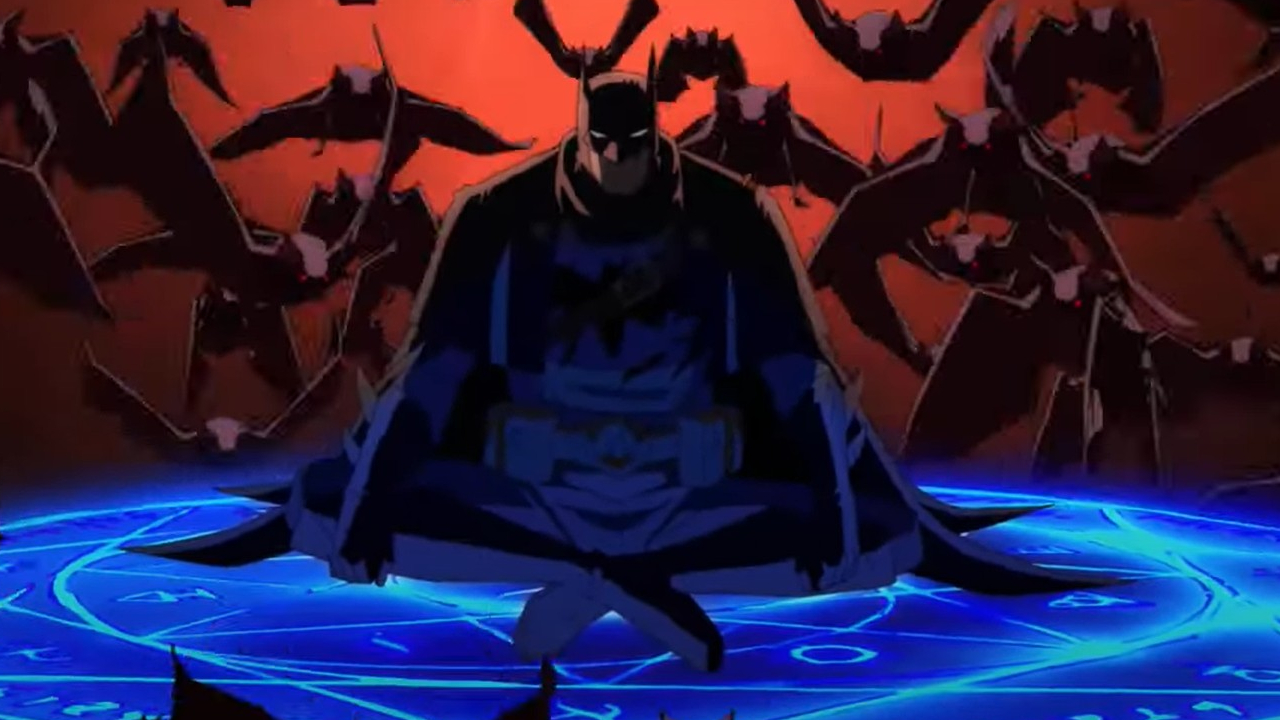
SPOILER WARNING: The following article gives away almost the entire story of Batman: The Doom That Came to Gotham, so if you have not seen the new animated DC movie, proceed with caution before you go batty over the plot details.
I will admit that I have a bit of a personal bias, but I really do believe that, out of all the most iconic superheroes from DC Comics (or superheroes in general, I might say), Batman is the most dynamic and versatile. Being an ordinary man of extraordinary skill, the costumed crimefighter can be thrown into just about any situation a writer might think of and it could make sense — whether it would be a straightforward crime thriller or some Lovecraftian fantasy tale, which is exactly what Hellboy creator Mike Mignola and co-writer Richard Pace did with their Elseworlds story, The Doom That Came to Gotham.
The three-issue miniseries, published from 2000 to 2001, would inspired the latest Batman movie (co-directed by Christopher Berkely and Sam Liu) and it's one that I think proves my point about Batman’s versatility very effectively. In fact, I don’t mind that it cost me $19.99 to purchase on digital — it is also available now on Blu-ray — because it was worth every penny, immediately earning a spot among my favorite animated Batman movies yet for various reasons. The following is an exploration of why I think Batman: The Doom That Came to Gotham is one of the best new superhero movies (and best new horror movies, too) that you should check out.
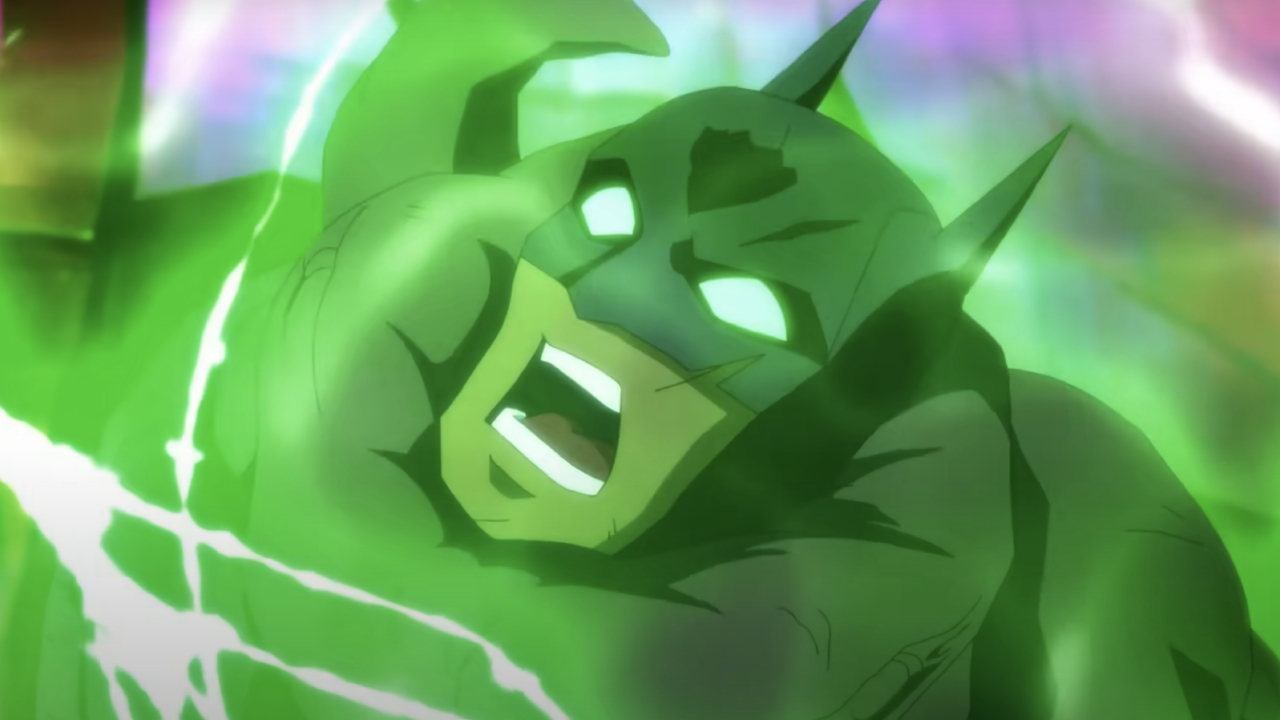
The Story Cleverly Fuses Classic Cosmic Horror With Batman Lore
Imagining how H.P. Lovecraft might write a Batman comic is an idea so crazy that it is hard to believe anyone would try it, but I am glad Mike Mignola and company did. Set in the 1920s, the story sees Bruce Wayne, after years of traveling the world, returning the his home city amid the threat of an otherworldly evil unlike anything he has seen before. While the animation stye is not very faithful to the uniquely gothic art design that I’ve seen from the original comic, Jase Ricci’s screenplay perfectly represents its grim, nightmarish tone and themes of sinister cosmic fantasy.
Both the early 20th century setting and incorporation of signature Lovecraftian horror elements (doomsday cults and grotesque creatures, in particular) lends wonderfully to the story’s reinterpretation of signature elements from Batman’s world, such as making Wayne’s destiny as a costumed crimefighter part of an ancient, mystical prophecy (more on that later). It even makes the sight of Batman breaking his no-kill rule acceptable, considering it is the only way he could stop his enemies this time around. However, many of the most interesting ways that the movie mixes all things “comic” with “cosmic” is in how the film handles the supporting characters.
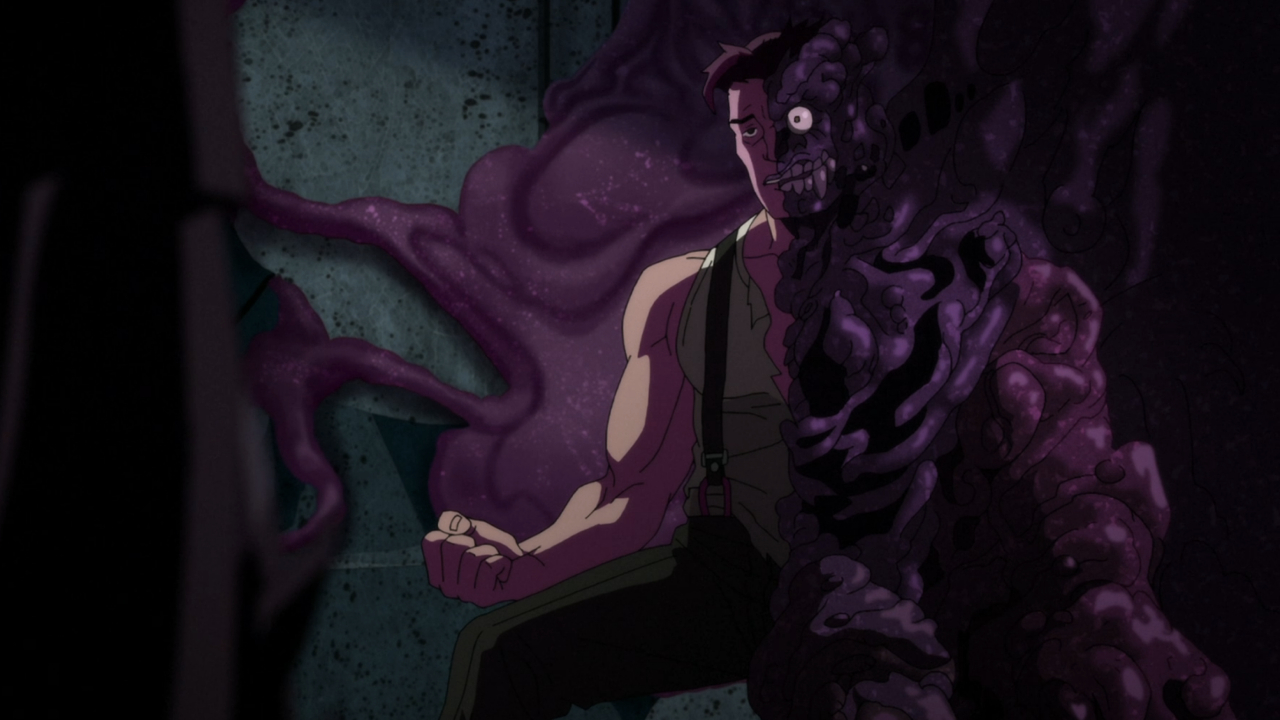
It Reimagines Key Characters In Amusing And Horrifying Ways
Most of the central characters are not much different from their traditional depictions. But, the movie also features a variation of Jason Todd named Sanjay Tawde (Karan Brar), a new character named Kai Li Cain (Tati Gabrielle) — whose name is a combination of Carrie Kelley and Cassandra Cain — a medieval armor-clad Oliver “Green Arrow” Queen (Christopher Gotham), and a Barbara Gordon (Gideon Adlon) who serves as an actual “Oracle.” What really impressed me, especially, is the film’s disturbing reinterpretations of Batman’s rogues gallery.
It makes perfect sense that Talia Al Ghul (Emily O’Brien) would be the harbinger of Gotham’s creaturesome threat, the cult that worships the entity is led by her father, Ra’s (Navid Negahban), and one of its opposers is Jason Blood/Etrigan (Matthew Waterson) — who fits into this story perfectly without changing much at all about his origin story. The stand-outs for me, though, are frequent comic book movie star David Dastmalchian as Grendon (Mr. Freeze as a deadly cult follower) — and a mayoral Harvey Dent (Patrick Fabian) afflicted with tumors on his left side that open an inter-dimensional gateway, courtesy of Ra’s Al Ghul’s mystical henchperson, Poison Ivy.
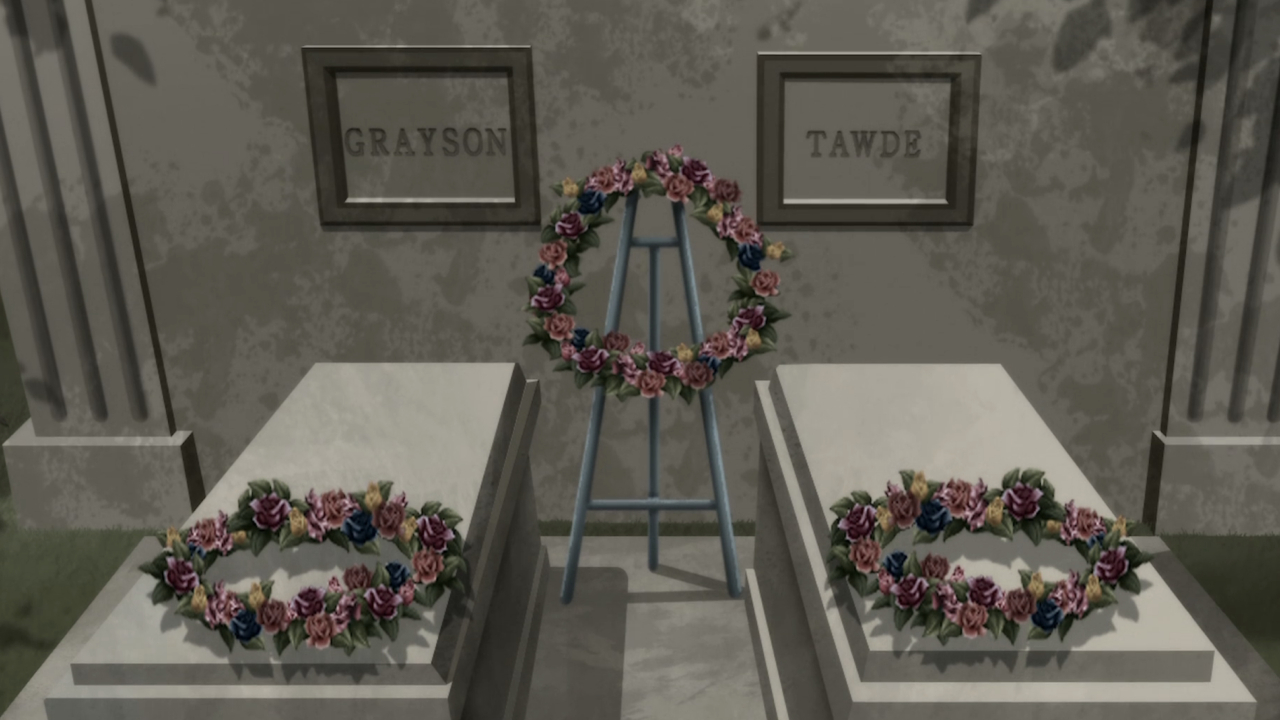
It Also Makes Very Bold Choices With Some Beloved Characters
Even as someone who is open to seeing fresh takes on classic characters, there were a few reinterpretations in this movie that I could see drawing controversy. For instance, Oliver Queen’s father, Henry, turns out to be the one who murdered Bruce Wayne’s parents. Speaking of, the spirit of Thomas Wayne (Darin De Paul) reveals himself as a one-time, begrudging follower of the cult his son is now fighting against, which gave him and others eternal life.
Yet, the most soul-crushing plot twist is when Dick Grayson (James Marsden), after finding Sanjay Tawde murdered by Grendon, ends up being killed, too. Seeing a variation of Jason Todd reaching a grisly fate is nothing BatFans have not seen before, but a version of the original Robin, as well, is almost too heartbreaking to bear. However, it did put me in Bruce’s shoes very effectively and that is something I long for with any Batman movie.
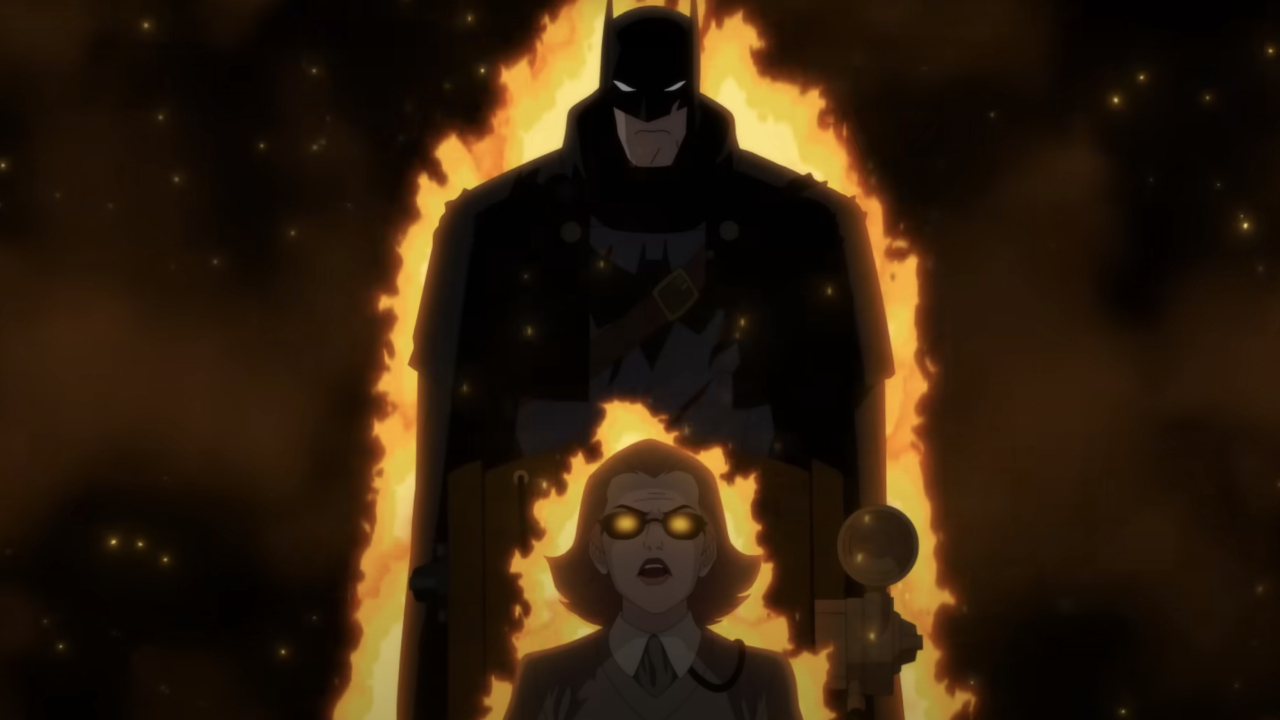
Thankfully, It Is Still A Detective Story As Well
Of course, the thing I long for most in any Batman story (and something not seen in enough of the live-action Batman movies) is the Dark Knight using his detective skills. I was happy to learn that, even as a fantasy story, The Doom That Came to Gotham does not disappoint in that regard, either.
Bruce treats his quest to uncover the mysteries surrounding the bizarre phenomena plaguing Gotham like he would any other criminal investigation. The basic differences here are how he obtains each clue — such as enlisting Barbara Gordon to channel a spiritual entity that turns out to be his father — and where indescribably weird places those clues lead him.

The Movie Also Made Me A Fan Of David Giuntoli's Batman
Perhaps the biggest and most pleasant surprise about this film for me is David Giuntoli’s performance as Batman. The last time the Grimm star leant his voice to the role of the Dark Knight was in the underrated Batman movie, Batman: Soul of the Dragon, which was a worthy effort of his from 2021, but not much of a standout among the other great Batman voice actors in my opinion.
However, the actor has said that he really “went for it more” with The Doom that Came to Gotham and, to me, it really shows. Every brooding command he delivers in the cape and cowl or show of Bruce's more reserved side is a great representation of what I love most in the character.
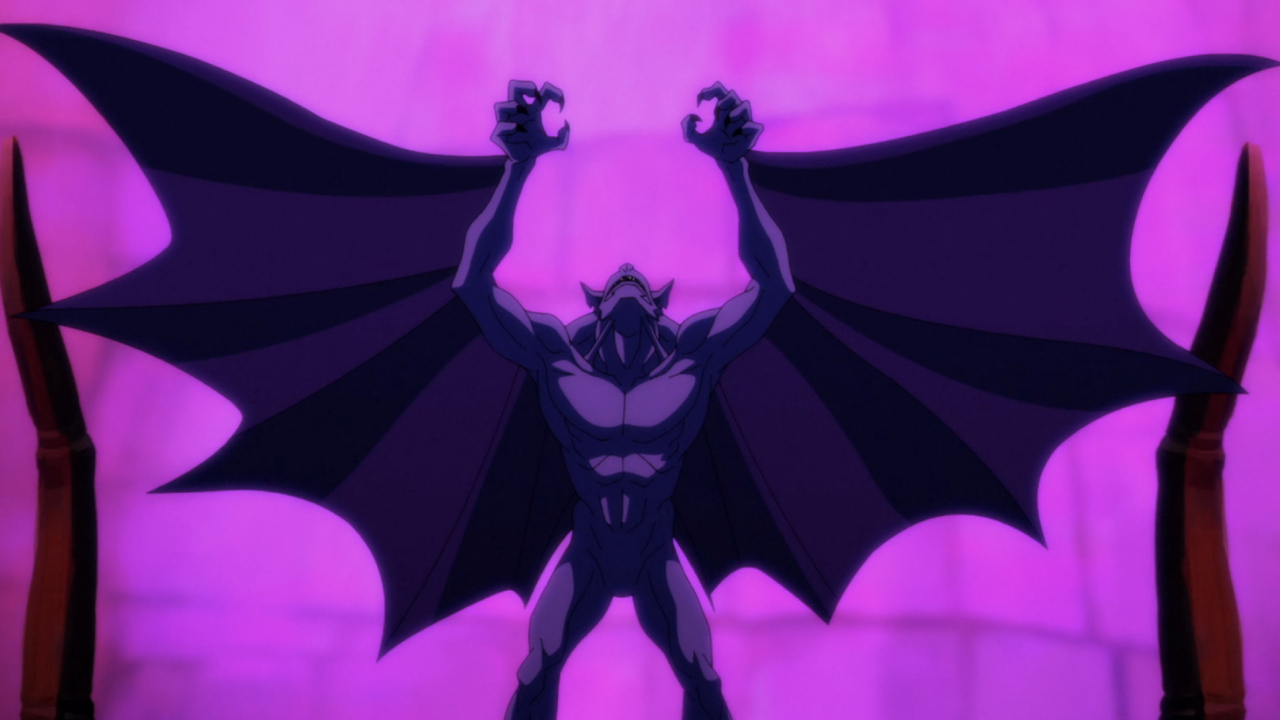
I Should Have Known Batman Would Become A Real Bat-Man By The End
At the end, a prophecy that foretells Bruce’s destiny to “die and, in death, become himself” is fulfilled when he transforms into a giant bat. I cannot believe I did not see that coming sooner, and for a few reasons.
For one, this is a story inspired by H.P. Lovecraft, whose work often involves dehumanizing metamorphoses. Secondly, this is far from the first time we have seen Batman go truly “batty” in an animated DC movie, occurring as recently as 2019 in the awesome crossover flick, Batman vs. Teenage Mutant Ninja Turtles. Yet, despite this twist’s familiarity, I could not have asked for a better finale.
Putting Batman in a horror-fantasy movie could have sounded like a “doomed” idea from the start, but that was not the case with Batman: The Doom That Came to Gotham. See how you feel about it by purchasing it on Amazon.







